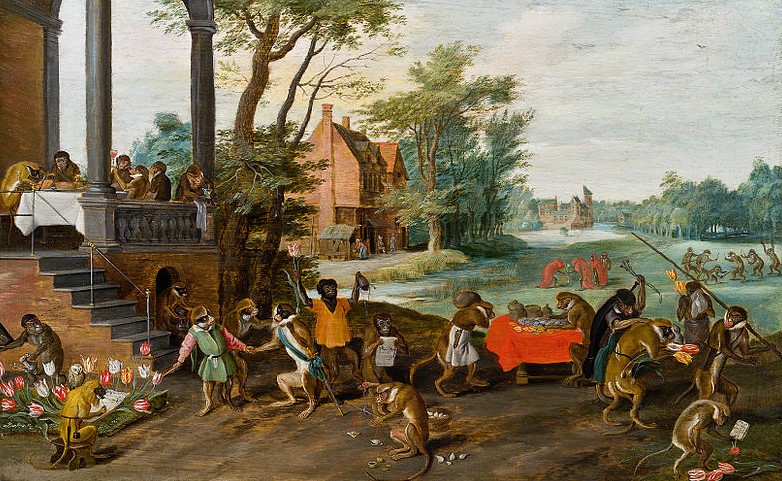In the annals of business history, few events are as bizarre and captivating as the Tulip Mania that gripped the Netherlands in the 17th century. This peculiar episode, characterized by rampant speculation and exorbitant prices for tulip bulbs, serves as a cautionary tale and a fascinating glimpse into the dynamics of market psychology.
The origins of the Tulip Mania can be traced back to the late 16th century when tulips were introduced to the Netherlands from the Ottoman Empire. Initially prized for their vibrant colors and unique patterns, tulips soon became status symbols among the Dutch elite. As demand grew, so did the prices, leading to the emergence of a speculative market for tulip bulbs.
What began as a niche market gradually escalated into a full-blown craze by the early 1630s. Tulip bulbs were traded in taverns, markets, and even specialized exchanges, with prices skyrocketing to astronomical levels. In some cases, a single bulb could fetch the equivalent of a luxurious mansion or a year’s salary for a skilled craftsman.
The mania reached its peak in the winter of 1636-1637 when prices soared to dizzying heights. Speculators from all walks of life, including merchants, artisans, and even farmers, eagerly invested their fortunes in tulip bulbs, hoping to cash in on the frenzy. Tulip bulbs were bought and sold multiple times in a single day, often without the buyers ever taking possession of the physical bulbs.
However, like all speculative bubbles, the Tulip Mania was destined to burst. In February 1637, prices suddenly collapsed, leaving many investors bankrupt and disillusioned. The government, fearing social unrest, intervened to stabilize the market, but the damage had already been done. The tulip trade was plunged into chaos, and trust in the financial system was shattered.
In the aftermath of the Tulip Mania, the Dutch economy suffered a severe downturn, and the reputation of tulips as a valuable commodity was tarnished. Nevertheless, the episode left an indelible mark on Dutch culture and folklore, inspiring countless works of art, literature, and scholarly inquiry.
What lessons can we glean from the Tulip Mania? At its core, the episode serves as a cautionary reminder of the perils of unchecked speculation and irrational exuberance. It underscores the importance of prudent risk management and the need for robust regulatory oversight to prevent market distortions and protect investors.
Yet, amidst the chaos and folly, the Tulip Mania also offers a glimpse into the human psyche and our propensity for greed, fear, and herd behavior. It reminds us that the allure of quick riches and the fear of missing out can cloud our judgment and lead us down perilous paths.
Ultimately, the Tulip Mania stands as a testament to the enduring allure of the markets and the timeless allure of the tulip—a humble flower that once captivated an entire nation and left an indelible mark on the course of history.

